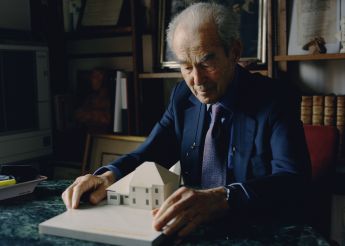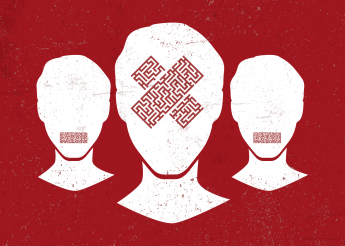PM. The Government is rightly concerned about prison overpopulation, which adds to the indignity of the prison conditions. But it looks at the problem in the wrong way by not looking at the causes of prison inflation, but only the consequences: the lack of space. It has been 30 years since the Government built prisons on the pretext of reducing overpopulation. The observation does not change. Expanding the capacity of the prison system only makes us accept the increase in the number of prisoners. The current plan of creating 15,000 new prison places continues to produce the same logic. The prime minister predicts 15,000 additional prisoners by 2027. The budget for 2022 does not present any leads which would respond to the injunction from the European Court of Human Rights to take the necessary structural measures to definitively reduce the overpopulation in prisons. The current situation speaks for itself: as of the 1 September 2021, we’re getting close to reaching 70,000 prisoners with an average occupancy rate of 113%. This level rises to 133% in remand centres, where 1,300 prisoners sleep on mattresses on the ground.
Regarding the material conditions of detention, the budget towards the maintenance of existing prison grounds does not hold out hope for improvement. Only 80 million euros are planned for 2022. An amount that is woefully weak in comparison to that allocated to the construction and the urgency of the work that needs to be done. In 2016, in his reportEnding prison overpopulation, Jean-Jacques Urvoas, the Minister of Justice, spoke about “chronic under-investment in construction” in terms of operational maintenance and renovation. To this date, “half of the custodial settings [were] at a ‘critical’ level of more than 50%”.
To give you an idea of the amount of work needed, in 2018 the Ministry of Justice estimated that the renovation of the Fresnes prison, which has been singled out several times for its unworthy detention conditions, would cost around 270 million euros.
In the context of its injunction to France, the European Court also recommended redesigning the way that the prisons’ operational capacity is calculated. Today, this calculation is essentially based on the number of square metres available per person. Following the advice from the Council of Europe, the Court noted that the calculation of prison capacity must take into account factors other than the space available to the prisoner. For example, the time spent in the cell, and, more generally, the adequacy of prison conditions with the objective of (re-)integration. Criteria such as the capacity of communal spaces, the provision of training, work and activities, the provision of care and the capacity of the rehabilitation and probation service to monitor prisoners should therefore be taken into account. However, the budget for (re-)integration in detention remains far too low. While the time spent in prison will remain empty of substance and meaning, the conditions of detention cannot be made dignified, nor can prisoners be given back their dignity.




